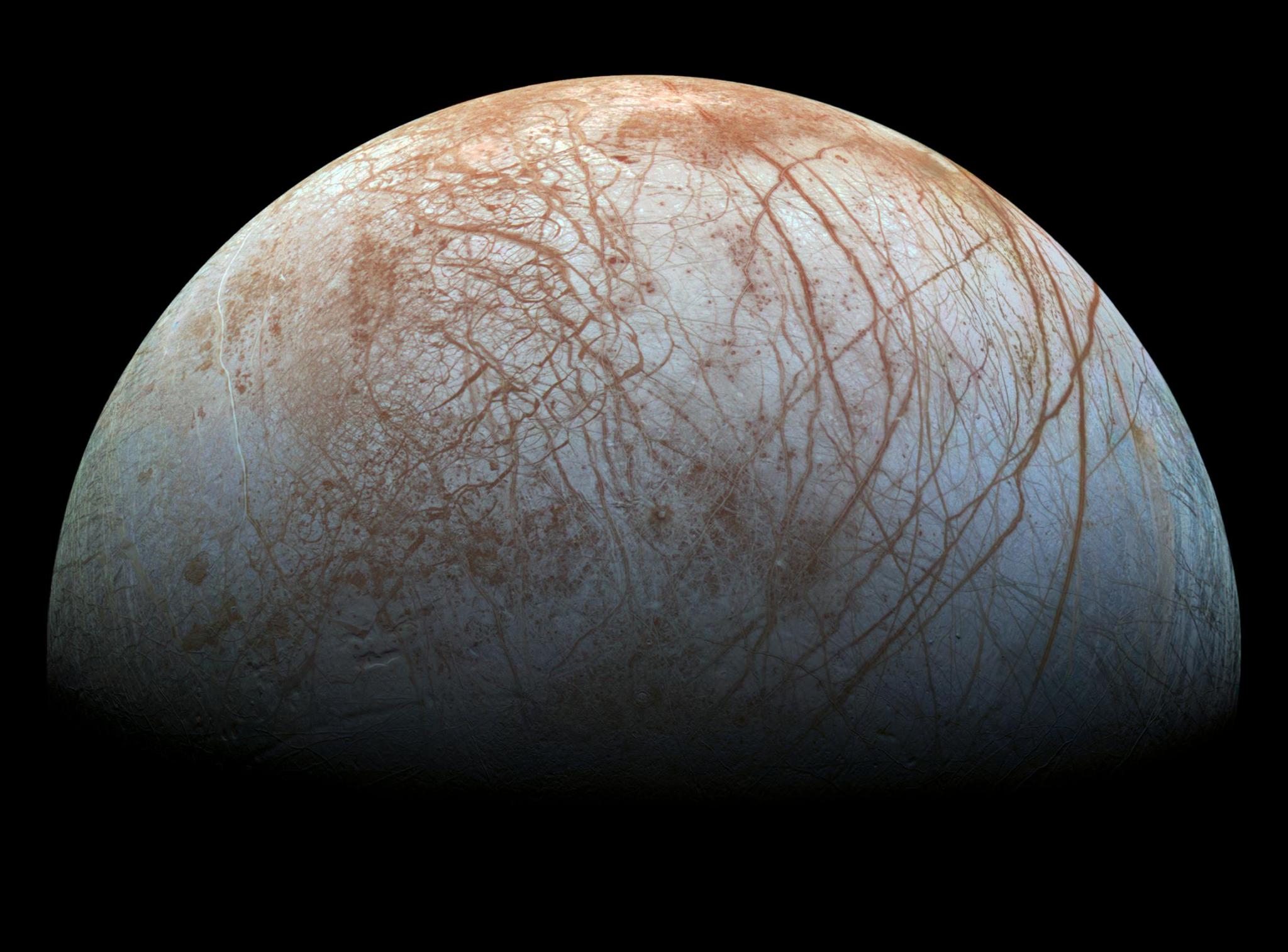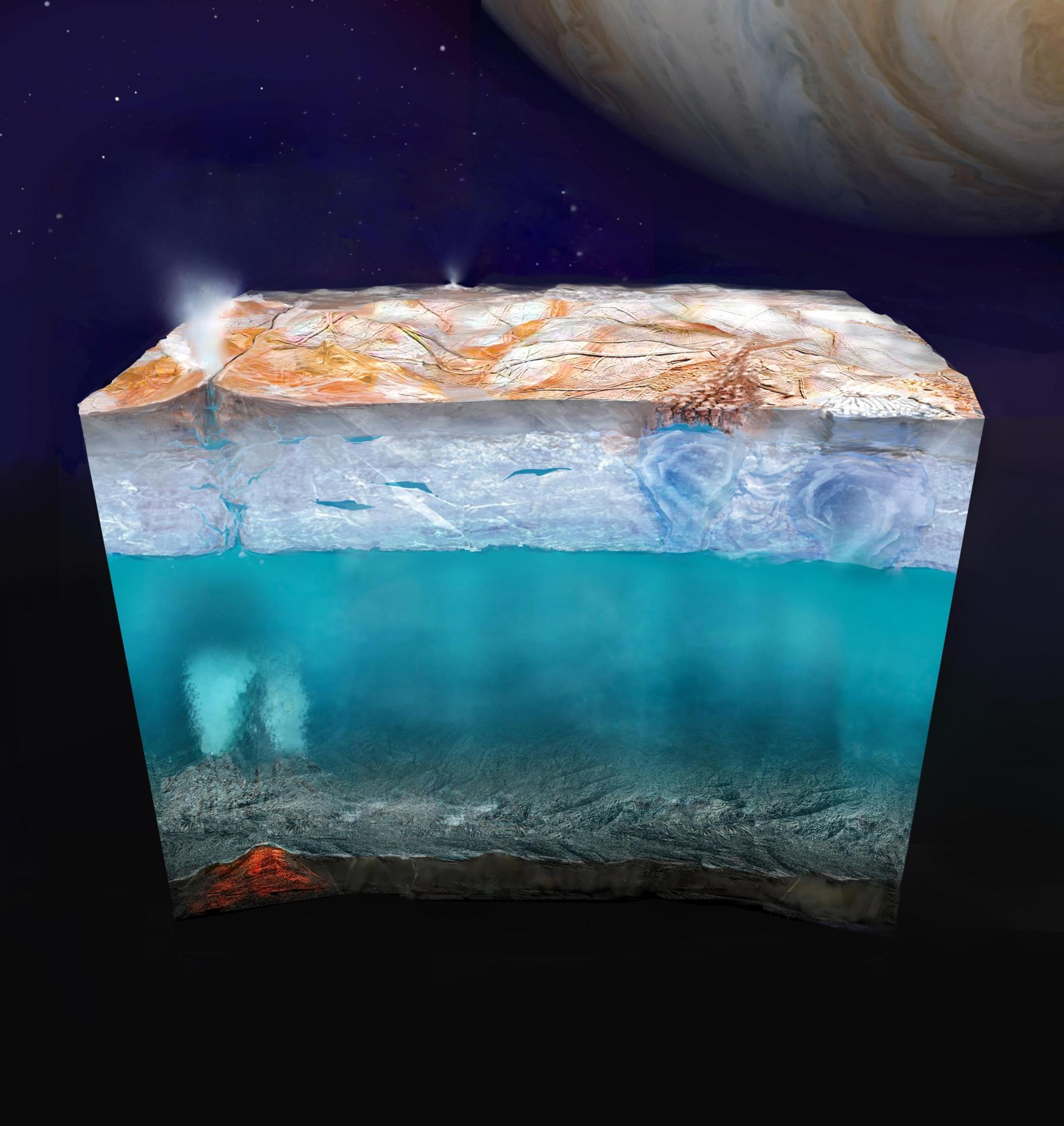6 min read

With a spacecraft launching soon, the mission will try to answer the question of whether there are ingredients suitable for life in the ocean below Europa's icy crust.
Deep down, in an ocean beneath its ice shell, Jupiter's moon Europa might be temperate and nutrient-rich, an ideal environment for some form of life - what scientists would call "habitable." NASA's Europa Clipper mission aims to find out.
NASA now is targeting launch no earlier than Monday, Oct. 14, on a SpaceX Falcon Heavy rocket from Launch Complex 39A at NASA's Kennedy Space Center in Florida.
Europa Clipper's elongated, looping orbit around Jupiter will minimize the spacecraft's exposure to intense radiation while allowing it to dive in for close passes by Europa. Using a formidable array of instruments for each of the mission's 49 flybys, scientists will be able to "see" how thick the moon's icy shell is and gain a deeper understanding of the vast ocean beneath. They'll inventory material on the surface that might have come up from below, search for the fingerprints of organic compounds that form life's building blocks, and sample any gases ejected from the moon for evidence of habitability.
Mission scientists will analyze the results, probing beneath the moon's frozen shell for signs of a water world capable of supporting life.

"It's important to us to paint a picture of what that alien ocean is like - the kind of chemistry or even biochemistry that could be happening there," said Morgan Cable, an astrobiologist and member of the Europa Clipper science team at NASA's Jet Propulsion Laboratory in Southern California, which manages the mission.
Ice Investigation
Central to that work is hunting for the types of salts, ices, and organic material that make up the key ingredients of a habitable world. That's where an imager called MISE (Mapping Imaging Spectrometer for Europa) comes in. Operating in the infrared, the spacecraft's MISE divides reflected light into various wavelengths to identify the corresponding atoms and molecules.
The mission will also try to locate potential hot spots near Europa's surface, where plumes could bring deep ocean material closer to the surface, using an instrument called E-THEMIS (Europa Thermal Emission Imaging System), which also operates in the infrared.
Capturing sharply detailed pictures of Europa's surface with both a narrow and a wide-image camera is the task of the EIS (Europa Imaging System). "The EIS imagers will give us incredibly high-resolution images to understand how Europa's surface evolved and is continuing to change," Cable said.
Gases and Grains
NASA's Cassini






